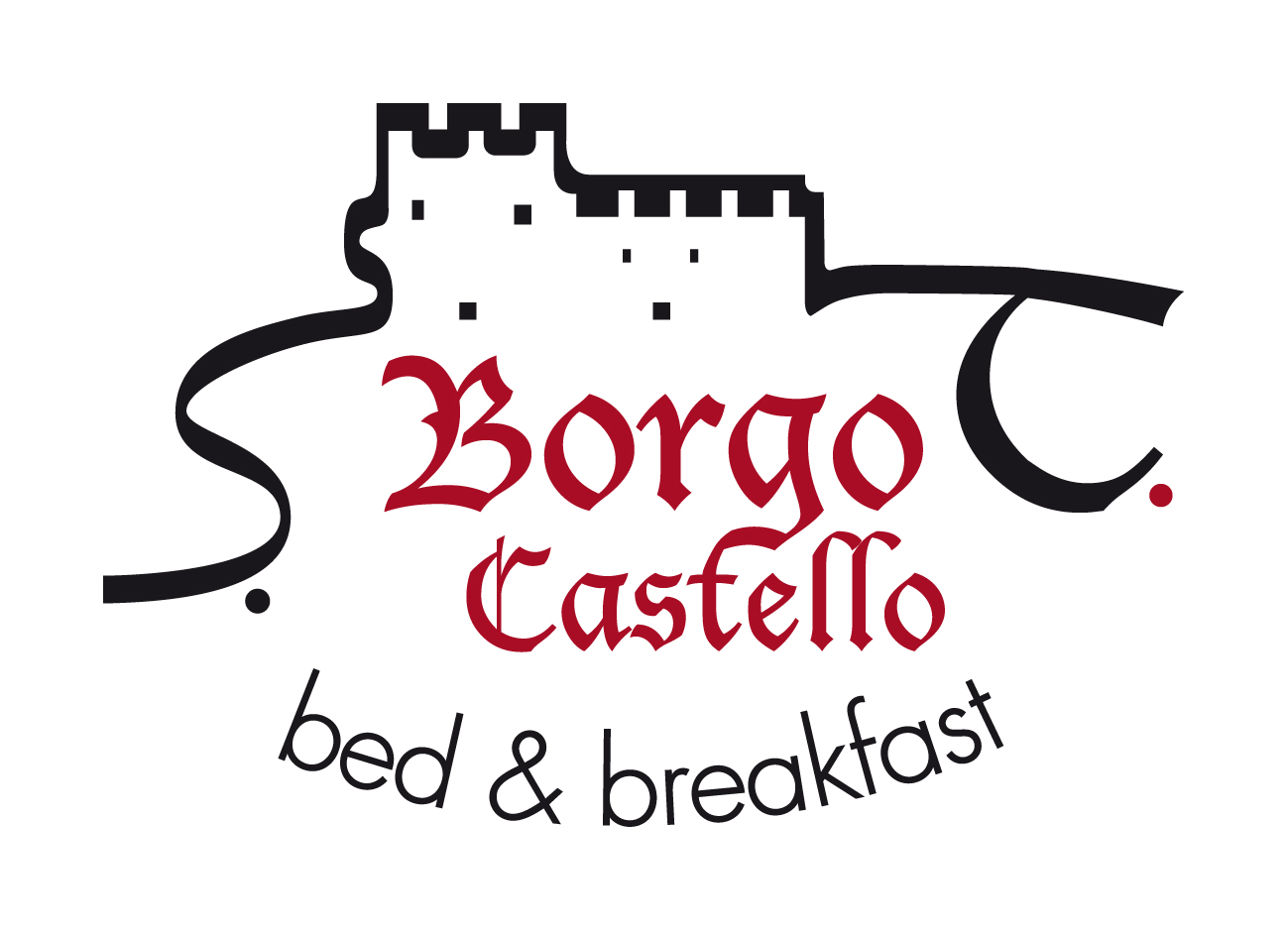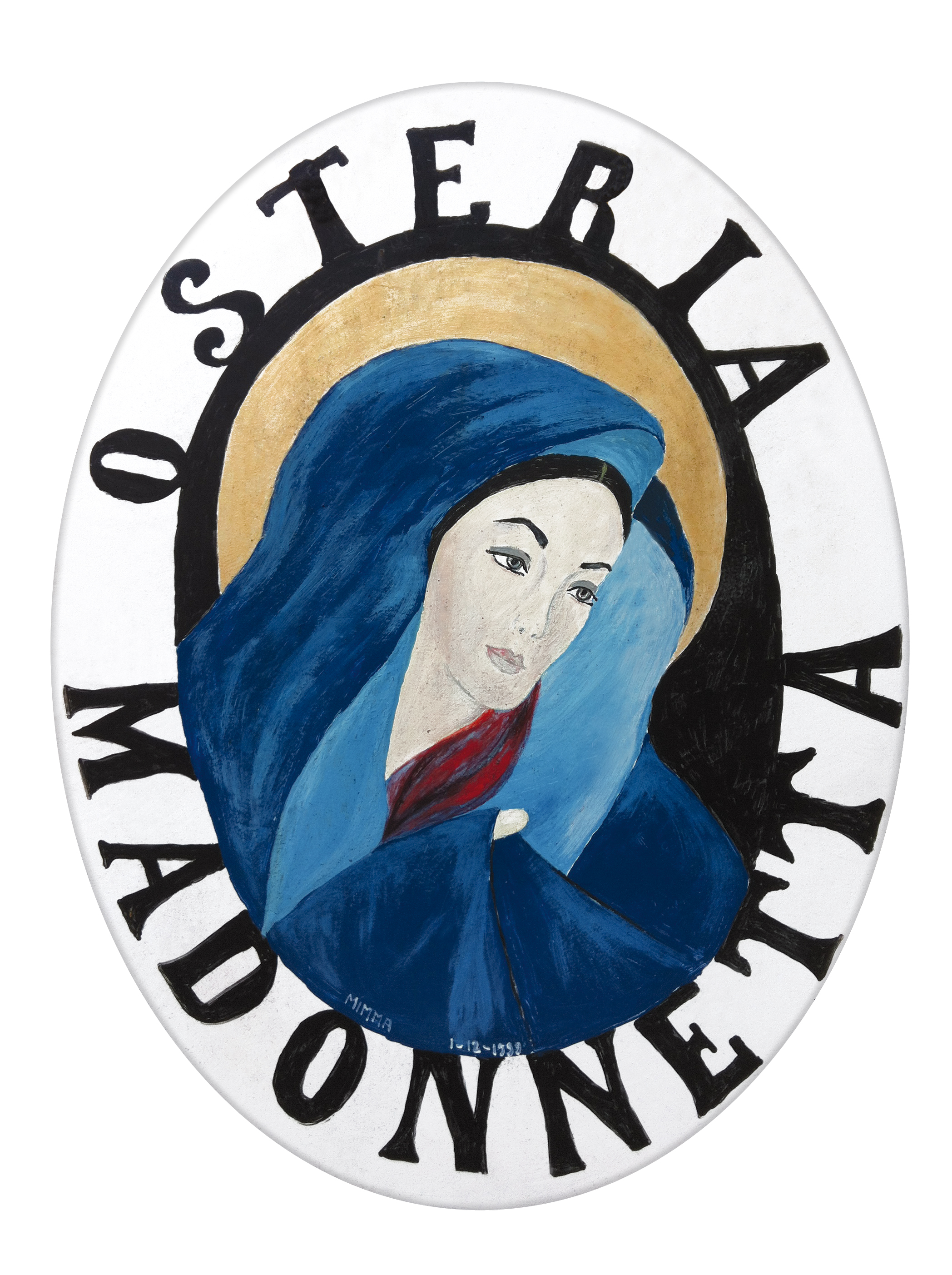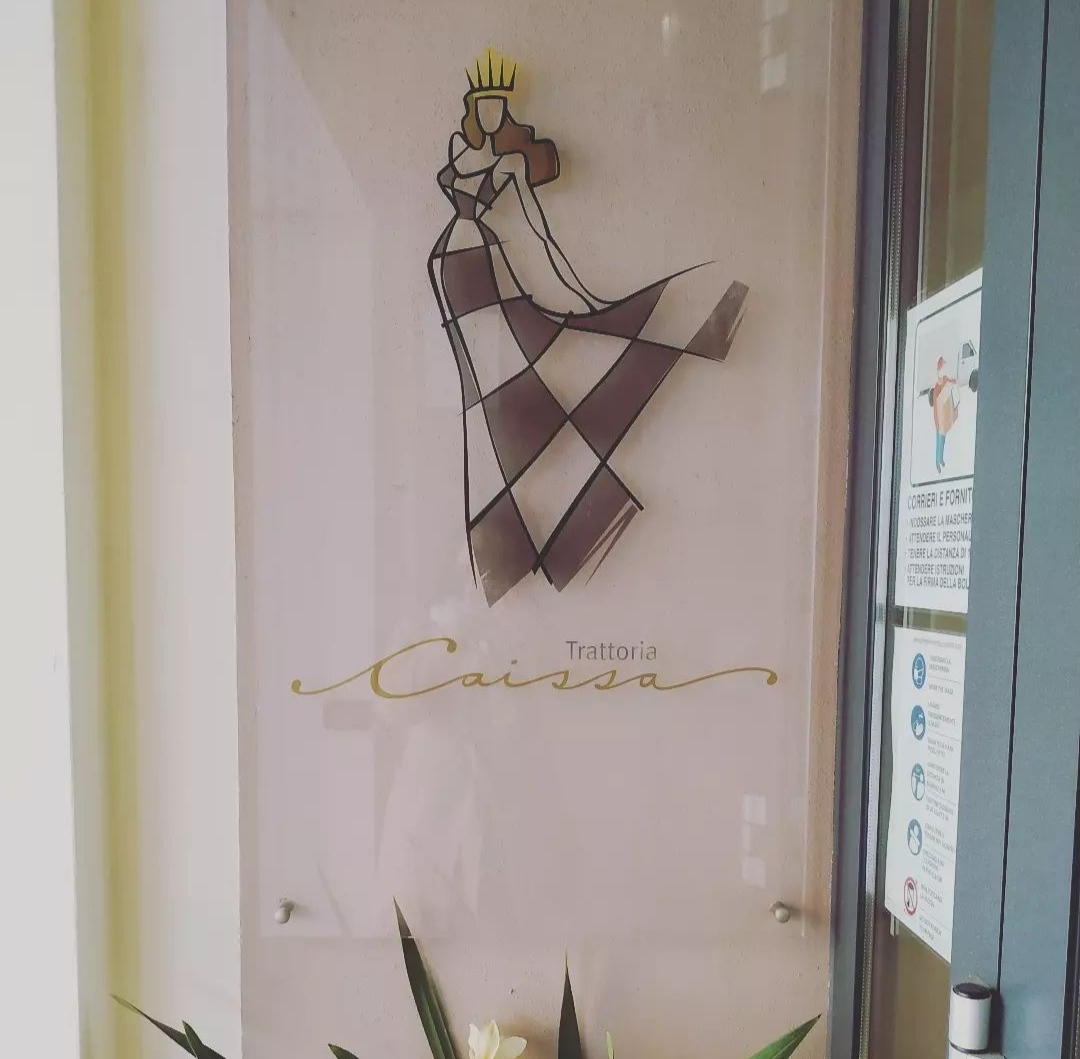To live in Oratory of Santa Rosa Da Lima

The Oratory was built in 1704 for the noble Matteazzi family from Marostica, who owned land and an architectural complex consisting of a villa where the owners lived, barchessas and an Oratory dedicated to Santa Rosa Da Lima. The façade of the Oratory has a stone architraved door; the tympanum, with a rose window in its center, stands on two pilasters of the Tuscan order. There is a bell-gable to the right.
When you enter, the beauty of the altar that fills the apse is striking. On the right side of the nave a plaque reads:
The small church - which in another place
Domenico Matteazzi (their) well respected father
dedicated to God and St. Rose in the year 1673 -
by his sons Antonio and Giampaolo,
was moved here in the year 1704,
with the approval given in loco at the time
by the then venerable
Gregorio Barbarigo Bishop of Padua
Domenico Matteazzi also had a brother who was a Dominican Friar, one more reason for dedicating the Oratory to Saint Rose. The altar is made of coloured wood enriched by gilding. The polychrome scagliola antependium depicts Saint Rose with a book in her hand among elegant decorations with flowers, butterflies, birds and the date "MDCCIV" and "MONTH AUGUST". On either side of the antependium there are two beautiful scagliola floral vases inside vertical rectangles. Above the table there is a wooden altar, and two fluted columns of the Tuscan order support an entablature with the tympanum on top. The altarpiece in the centre, an oil on canvas of size 110x130 cm in seventeenth-century Veneto style, depicts St. Rose with a wreath of roses on her head kneeling before the Virgin Mary and Baby Jesus on a throne. The artist is unknown. To the sides we have saints Anthony of Padua (Lisbon, ca. 1195 - Padua 1231) and Dominic of Guzman (Caleguera, Spain 1170 - Bologna 1221), a Spanish religious man who founded the Dominican order. In the upper section, two Angels are holding up a large green canvas that serves as a background to the Virgin Mary seated on a throne. A large number of religious symbols appear in both the antependium and the altarpiece.
Every year on the evening of August 23rd, the day dedicated to Santa Rosa, Holy Mass is celebrated in the Oratory by the archpriest of St. Mary’s Parish Church.
To love
Titolo di questa sezione correlata
To visit
This point of interest is part of
To live
Events
Accomodations
-
Hotel Europa
Viale Stazione, 5/A - Marostica
Vedi i dettagli -
Hotel Due Mori
Corso Mazzini, 73/75 - Marostica
Vedi i dettagli -
Villa Cecchin Guesthouse
Via Gianni Cecchin, 69 - Marostica
Vedi i dettagli -
Suite Parolin
Corso Mazzini, 142 - Marostica
Vedi i dettagli -
Campana Suites
Viale Stazione, 32 - Marostica
Vedi i dettagli -

Borgo Castello
Via C.Battisti, 15 - Marostica
Vedi i dettagli -
Retrò
Via Ravenne, 36 - Marostica
Vedi i dettagli -
B&B Maria
Via IV Martiri 21 - Marostica
Vedi i dettagli -
Marostica Bright Apartment
Via Callesello delle Monache 1 -Marostica
Vedi i dettagli -
Al Mulino
Via Gobbe, 60 - Marostica
Vedi i dettagli -

L'Angelo e il Diavolo
Piazza Castello, 41/A - Marostica
Vedi i dettagli -

Madonnetta
Via Vajenti, 21 - Marostica
Vedi i dettagli -

Lunaelaltro
Corso della Ceramica, 33 - Marostica
Vedi i dettagli -
Scaligera
Via Montello, 68/a - Marostica
Vedi i dettagli -
Panic Jazz Club
Piazza Castello, 42 - Marostica
Vedi i dettagli -
Ristorante cinese Oriente
Via G. Cecchin, 20/b - Marostica
Vedi i dettagli -

Caissa
Corso Mazzini, 104 - Marostica
Vedi i dettagli -
Al Sole
Via Fondati, 3 - Marostica
Vedi i dettagli -
All’Angelo d’Oro
Viale Montegrappa, 20 - Marostica
Vedi i dettagli -
La casetta
Viale Vicenza, 12/A - Marostica
Vedi i dettagli -
Ristorante Cuori
Corso Mazzini, 73/75 - Marostica
Vedi i dettagli